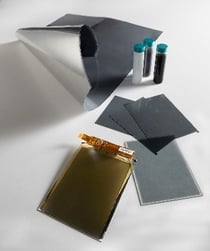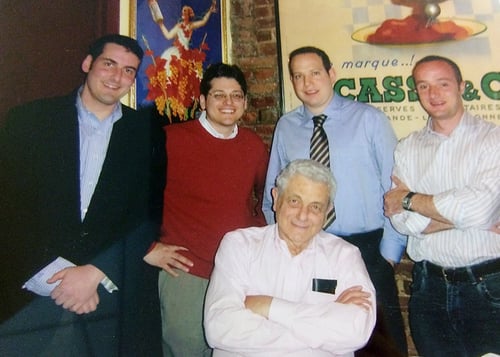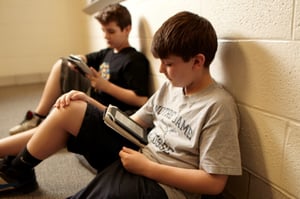In recent decades, technology has changed the way we do most things: from the way we work, to the way we order food, to the way we manage our health. So it comes as no surprise that such advancements have also impacted the way we read. For those of us deeply invested in the world of eReaders, we know that technology has significantly impacted the long-standing practice of diving into a good book.
Join us as we take a walk down memory lane, through the evolution of the eReader.
The 1930s
Long before the technology that powered eReaders existed, many in the book industry predicted a world in which books could be read electronically. Spurred by the introduction of paperback books to store shelves in the 1930’s, some writers began to discuss the idea of a device that would allow readers to “read books on a screen,” inspired by the first movie with sound.
The 1940s
Driven by a desire to prevent students from having to lug heavy textbooks back and forth from school, a Spanish schoolteacher created the “Enciclopedia Mecánica” – a prototype device that contained “spools of printed text, which could be operated using compressed air.” This device, though different than eReaders as we know them today, was the first-ever automated reading device.

The 1970s
Largely credited with creating the first “eBook,” University of Illinois student Michael S. Hart was once given a copy of the Declaration of Independence and was subsequently inspired to create a computer version of it. He then went on to create similar versions of other important cultural texts including the Bible and the American Constitution.
Also in the 1970s, researchers at Xerox PARC developed a prototype that used millions of black and white magnetic particles embedded on the surface of a sheet of rubber. Within this prototype, electric charges made these particles flip over, allowing the screen to appear similar to pixels on a video screen. The device was large and nearly impossible to transport so it did not take off commercially.

The 1990s
During his post-doctoral studies at Stanford, physicist Joseph Jacobson imagined a book that could be changed to another piece of content with the push of a button. After hearing about this idea, he was then recruited by Neil Gershenfeld of the MIT Media Lab, where a team was built to bring this idea to life.
From the beginning, the team was told electrophoretic displays would never work on the scale they envisioned. Undaunted, they began experimenting with the technology, and explored ways to address shortcomings in how the technology was implemented. They ultimately created a system of microcapsulation whereby an electrically charged pigment was encased in microcapsule with colored liquid. This early single-particle system could then be applied to a surface to create images when the correct voltage was applied. The first patent was filed for the microencapsulated electrophoretic display in October 1996 and the second in 1997. Later that year, Jacobson along with undergraduate student JD Albert and Barrett Comiskey, Russ Wilcox and Jerome Rubin founded the E Ink Corporation.

Co-Founders (Left to Right, starting with top row)
Joseph Jacobsen, Russ Wilcox, JD Albert, Barrett Comiskey, Jerry Rubin
Today
E Ink is now the leading provider of electrophoretic display technology, which has been picked up by numerous manufacturers for the creation of eReader devices including Amazon, Sony, Kobo and Pocketbook. Through the years the core ink technology has been upgraded and improved, and today E Ink's black and white displays are using a two-particle microencapsulation system, with many ESL tags using a three-particle system, and the Advanced Color ePaper displays using a four-particle system.

Today eReaders are readily available from a variety of companies, and many avid readers rely on them for a steady stream of content, ease of mobility, and reading in bright sunshine. How have eReaders changed your reading habits?


Leave Comment